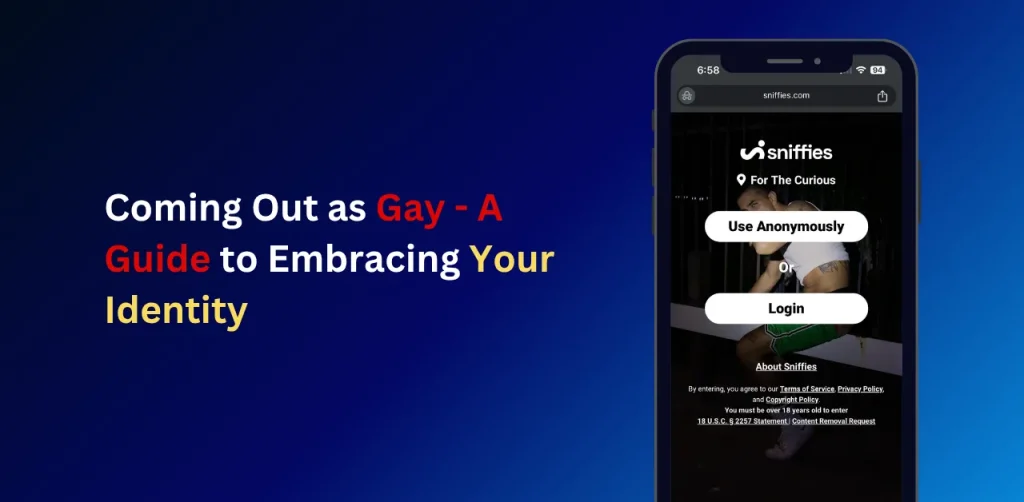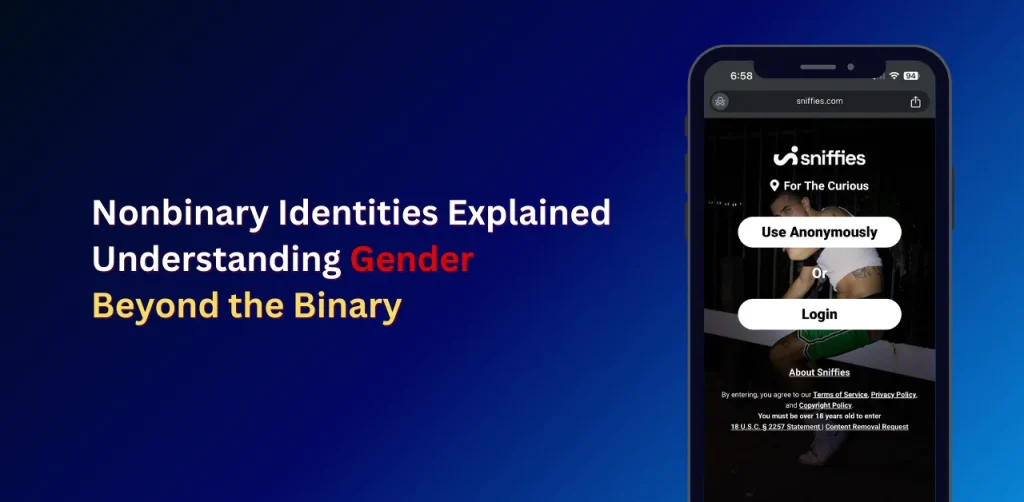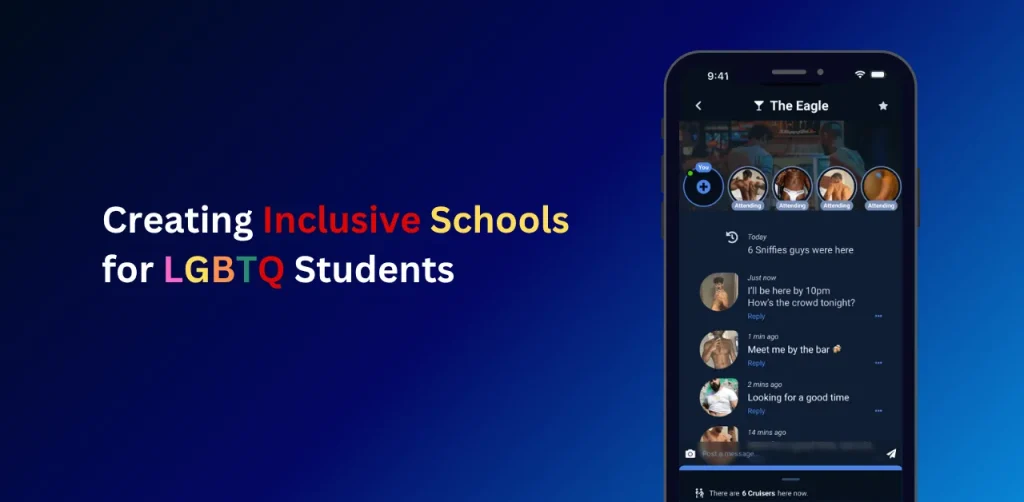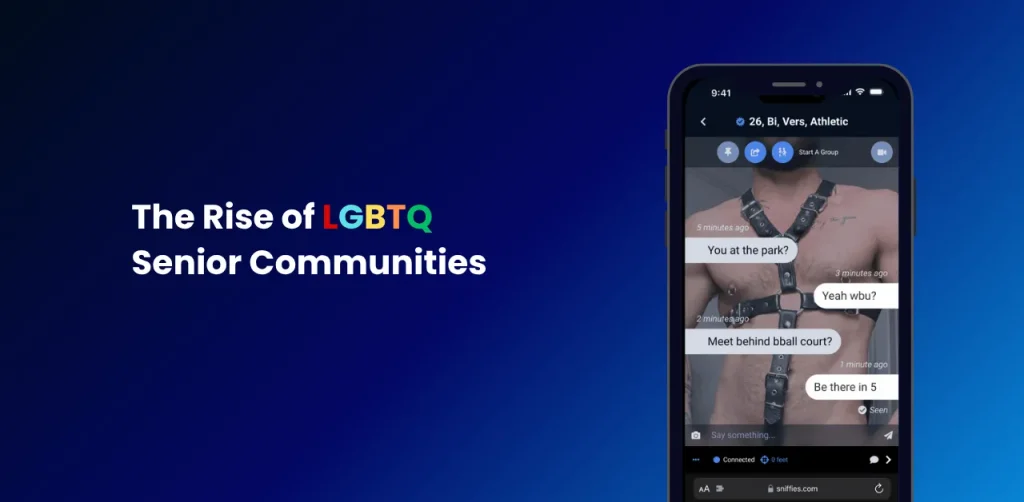Current State of HIV/AIDS in the Gay Community
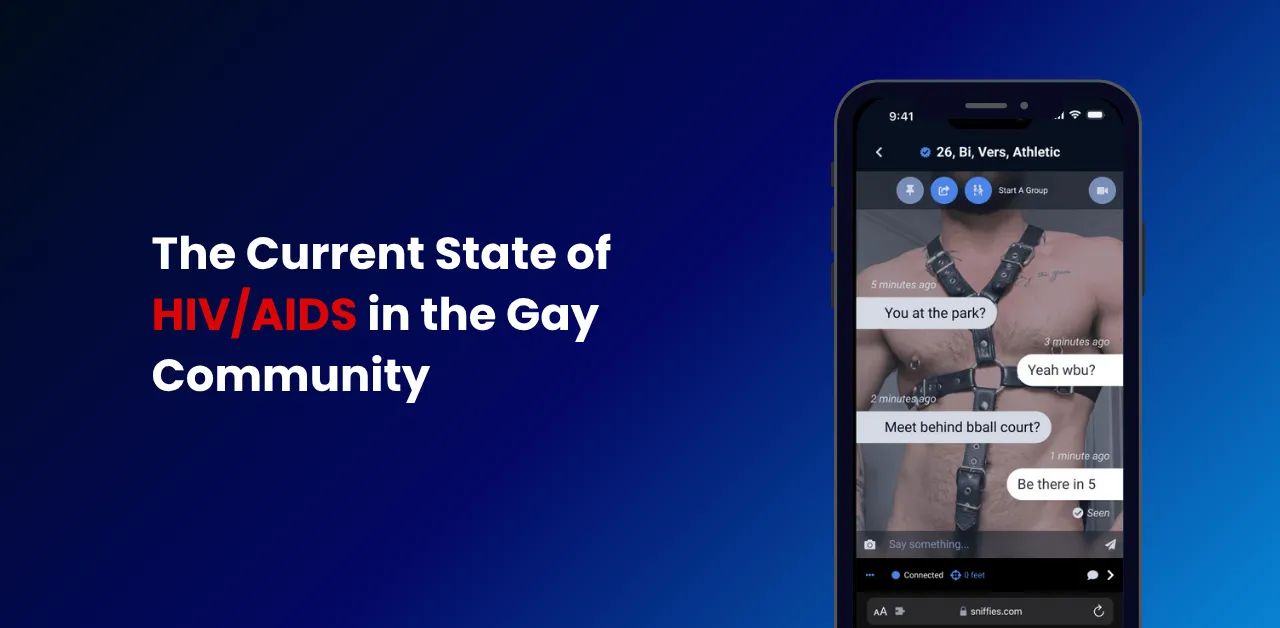
Did you know that gay and bisexual men account for nearly 70% of new HIV diagnoses in the United States? Despite significant advancements in HIV treatment and prevention, this community continues to be disproportionately affected by the epidemic. Understanding the current state of HIV/AIDS in the gay community is crucial for addressing the epidemic and promoting health equity.
In this article, we delve into the latest statistics, explore the factors contributing to higher HIV rates among gay men, and highlight effective prevention and treatment strategies. Whether you’re looking to educate yourself, support a loved one, or advocate for change, this comprehensive guide provides the information you need to make a difference.
Current State of HIV/AIDS in the Gay Community
HIV/AIDS remains a significant public health challenge, particularly for gay, bisexual, and other men who have sex with men (MSM). According to the CDC, in 2022, MSM accounted for 67% (21,400) of the estimated 31,800 new HIV infections in the U.S. This disproportionate impact highlights the need for targeted prevention and care strategies. While new infections have decreased by 12% from 2018 to 2022, challenges like stigma, access to healthcare, and racial disparities persist.
Key Statistics
- New Infections: 31,800 estimated new HIV cases in the U.S., with 67% among MSM.
- Racial Disparities: Black MSM accounted for 35% of MSM infections, Hispanic/Latino MSM 39%, and White MSM 20%.
- Viral Suppression: Only 65% of MSM with diagnosed HIV achieved viral suppression, critical for health and preventing transmission.
- Undiagnosed Cases: About 13% (158,249) of people with HIV in the U.S. are unaware of their status, underscoring the need for regular testing.
As of 2023, HIV/AIDS remains a significant global health challenge, with 39.9 million people living with HIV worldwide, 65% of whom are in the WHO African Region. Key statistics include:
- New Infections: 1.3 million people acquired HIV in 2023, a 39% reduction since 2010 but still above the 2025 target of fewer than 370,000. Sub-Saharan Africa, particularly adolescent girls and young women, accounts for a disproportionate share (62% of new infections in the region).
- Deaths: 630,000 people died from HIV-related causes, down 69% from the 2004 peak and 51% since 2010, but short of the 2025 goal of under 250,000.
- Treatment Access: 86% of people living with HIV knew their status, 77% (30.7 million) were on antiretroviral therapy (ART), and 72% had suppressed viral loads. ART enables long, healthy lives and prevents transmission when viral loads are undetectable (U=U).
- Prevention: Pre-exposure prophylaxis (PrEP) and post-exposure prophylaxis (PEP) are effective, but uptake is uneven. Long-acting injectable PrEP, approved in some regions, shows promise (e.g., Uganda integrating a six-month injectable). Condom use, testing, and harm reduction programs are critical but underfunded.
- Regional Disparities: Eastern and southern Africa have 20.8 million cases, with high prevalence (e.g., 6.2% in adults aged 15–49 in 2021). The U.S. has 1.2 million cases, with 31,800 new infections in 2022, down 12% from 2018, driven by increased PrEP and testing.
- Challenges: Funding dropped 5% from 2022 to 2023, reaching $19.8 billion, far below the $29.3 billion needed by 2025. Stigma, inequities, and limited access to care persist, especially for children (1.4 million living with HIV, 120,000 new infections). In the U.S., Black and Hispanic populations face disproportionate impacts (70% of new infections in 2022).
U.S. Context: The South has the highest rates, with the District of Columbia at 36.6 per 100,000. The Ending the HIV Epidemic initiative aims for a 90% reduction by 2030, but 13% of cases remain undiagnosed. Advances like long-acting injectable ART and PrEP improve outcomes but are limited to those with undetectable viral loads.
Global Efforts: WHO, UNAIDS, and PEPFAR aim for 95-95-95 targets by 2025 (95% diagnosed, 95% on treatment, 95% virally suppressed). Progress is uneven, with children and men lagging. Innovations like injectable therapies and joint HIV/TB services show promise, but funding gaps and social barriers threaten the 2030 goal of ending AIDS as a public health threat.
Why Is HIV Prevalence Higher Among Gay Men?
Several factors contribute to the higher HIV prevalence among MSM, rooted in biological, social, and systemic issues.
Biological Risks
Anal sex, particularly receptive anal sex, carries a higher HIV transmission risk 13 times riskier than insertive anal sex. This is due to the delicate rectal lining, which is more susceptible to HIV entry. MSM engaging in unprotected anal sex face elevated risks, especially in communities with high HIV prevalence.
Social and Structural Barriers
- Stigma and Homophobia: Fear of discrimination prevents many MSM from seeking testing or treatment. In 2018, 1 in 6 MSM with HIV were unaware of their status due to stigma-related barriers.
- Limited Healthcare Access: Socioeconomic factors, like poverty rates (17.8% for Black Americans, 16.6% for Latinos in 2023), limit access to testing, PrEP, and care, particularly for MSM of color.
- Higher Prevalence in Networks: MSM are more likely to encounter HIV-positive partners within their sexual networks, increasing transmission risk even with responsible behaviors.
Behavioral Factors
While MSM often test more frequently and use condoms more than other groups, the CDC notes a rise in condomless sex among HIV-positive MSM, from 46% in 2012 to 70.5% in 2017. This trend underscores the need for alternative prevention methods like PrEP.
Prevention Strategies for Gay and Bisexual Men
Preventing HIV transmission requires a combination of testing, medical interventions, and community support. Here are actionable steps tailored for MSM:
- Regular HIV Testing:
- The CDC recommends annual testing for all sexually active MSM, with high-risk individuals (e.g., those with multiple partners) testing every 3-6 months.
- Use the HIV Testing Sites & Care Services Locator to find free or low-cost testing near you.
- At-home testing kits, available through AIDSVu, offer privacy and convenience.
- Pre-Exposure Prophylaxis (PrEP):
- Condom Use and Safer Sex:
- Antiretroviral Therapy (ART):
Addressing Stigma and Mental Health
Stigma remains a major barrier to HIV prevention and care in the gay community. Homophobia, racism, and HIV-related stigma discourage testing and treatment, particularly for Black and Latino MSM. In 2019, Black MSM had a 62% viral suppression rate compared to 74% for White MSM, reflecting disparities in care access.
Practical Tips to Combat Stigma
- Join Support Communities: Platforms like Bezzy connect MSM living with HIV for peer support, reducing isolation.
- Advocate for Decriminalization: Support efforts to repeal outdated HIV criminalization laws, which fuel stigma. Learn more through AIDSVu’s resources.
- Seek Mental Health Support: Access culturally competent mental health services to address stigma-related stress. GMHC offers programs for MSM in New York.
The Role of Community and Advocacy
Community-based organizations like the Gay Men’s Health Crisis (GMHC), founded in 1982, have been pivotal in providing care, education, and advocacy. In 2025, GMHC raised nearly $2 million for HIV/AIDS services, demonstrating the power of community action. Advocacy groups like ACT UP have historically pushed for better treatment access and public health policies, shaping today’s response to the epidemic.
How to Get Involved
- Volunteer or Donate: Support organizations like GMHC or the Global Fund to fund HIV prevention and care.
- Educate Others: Share accurate information about HIV testing, PrEP, and U=U to reduce stigma in your community.
- Advocate for Policy Change: Push for increased funding for programs like the Ryan White HIV/AIDS Program, which supports low-income individuals with HIV.
Looking Ahead: Progress and Challenges
While new HIV infections among MSM dropped 12% from 2018 to 2022, disparities persist. Hispanic/Latino MSM saw a 21% increase in diagnoses from 2018 to 2022, while Black and White MSM saw declines. The Ending the HIV Epidemic in the U.S. (EHE) initiative, launched in 2019, aims to reduce new infections by scaling up diagnosis, treatment, and prevention. However, insufficient funding and systemic inequities remain hurdles.
Future Goals
- Increase PrEP access in underserved regions.
- Achieve 95% viral suppression among diagnosed MSM by 2030.
- Expand self-testing and telehealth to reduce barriers to care.
Conclusion
The current state of HIV/AIDS in the gay community reflects both progress and ongoing challenges. With 67% of new HIV diagnoses in 2022 among MSM, tailored prevention like PrEP, regular testing, and stigma reduction are critical. By leveraging community resources, advocating for policy change, and prioritizing personal health, gay and bisexual men can lead healthier lives and contribute to ending the HIV epidemic. Take action today: get tested, explore PrEP, and join the fight against stigma.
Make sure to visit our article on LGBTQ+ Identification Trends and Power of LGBTQ+ Representation in Media or more tips.


